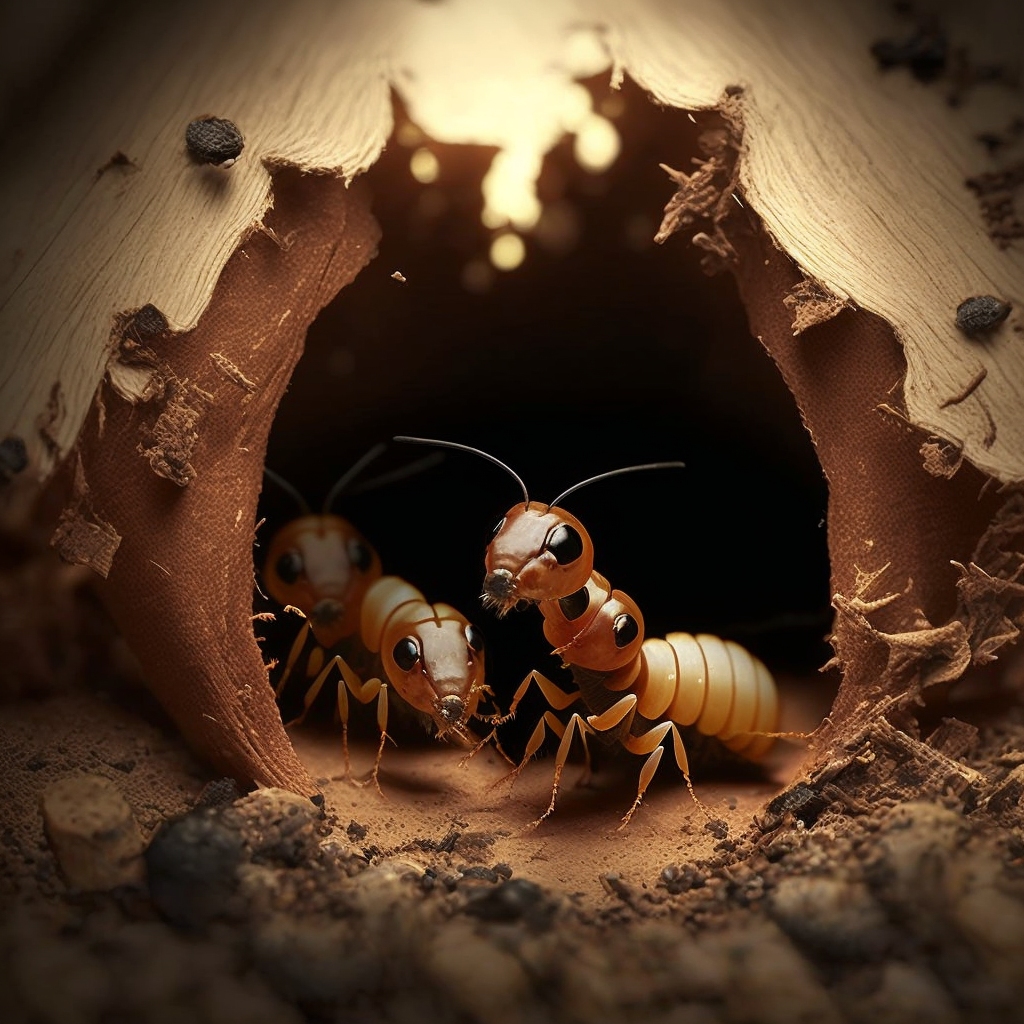Common Early Warning Signs of Termites
The worst thing that can happen to a homeowner is to come home one night and find termites in the walls, floorboards, or furniture.
They leave piles of wings, a lot of dust, and serious damage to the house’s structure.
Unfortunately, a lot of people miss the early signs that their home has termites.
This article below has all the common signs of a termite infestation.
Termite Swarmers & Discarded Wings
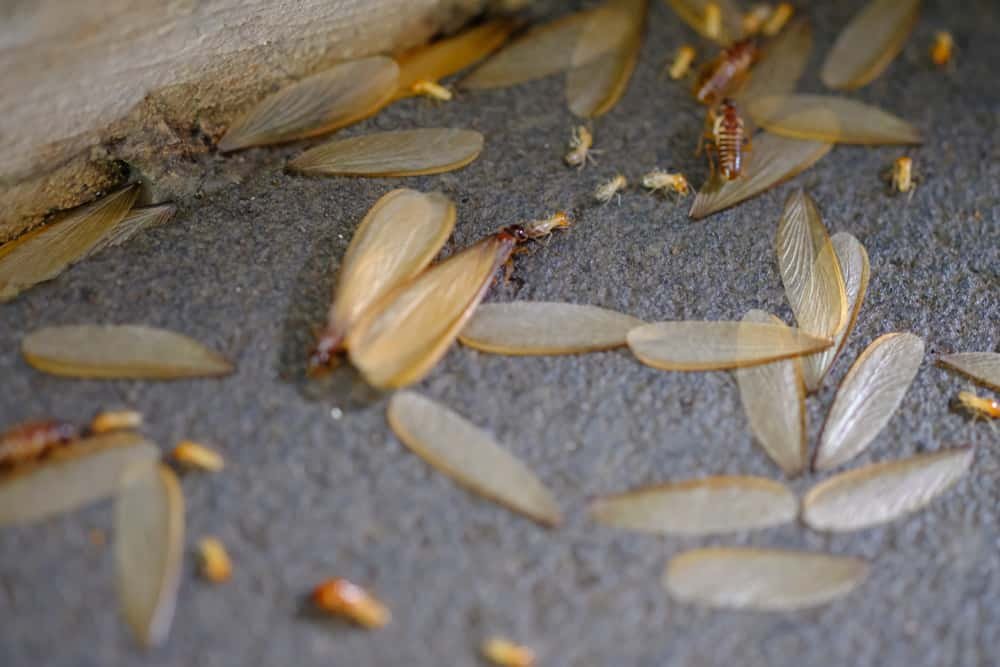
When you see termite swarmers inside a house or building, you can be sure that there are termites there.
Termites have workers, soldiers, and swarmers in their caste system.
Termite swarmers, also called alates, are the members of a termite colony that reproduce. They are easy to tell apart because they have two sets of large, pale-colored wings that are about 1/4 to 1/2 inch long.
A swarmer loses its wings after it leaves the colony and finds a mate. Most termite swarmers will be flying around in early spring, when they come out to find mates and start new colonies.
Because they are drawn to light, swarmers tend to hang out near doors and windows.
They also don’t live very long indoors, so you might find dead swarmers or wings near windowsills and doors. People often think that swarmers are ants that can fly.
They look a lot alike, but termite swarmers have straighter bodies and two pairs of wings that are the same size, while flying ants have waists that are pinched and two pairs of wings that are different sizes.
Stuck Windows or Doors

Do you have a door or window that suddenly feels stuck or is much harder to open or close than it used to be?
This can sometimes be a sign that termites are already there.
Termites usually go for places where wood is exposed and easy to get to, like windows and doorframes.
As termites eat away at the wood, the frames of your windows and doors may bend, making it hard to open and close them.
Damage from termites can cause more than just windows and doors that won’t open or close.
It can also cause baseboards to fall apart or floors and ceilings to sag. Structure problems could be caused by other things, like wood rot or seasonal changes in humidity.
To find out if you really have termites, look closely for damaged wood with termites or tunnels with dried dirt.
Termites in your Yard or on your Property
If you have rotting stumps or other decaying wood outside your house, you should check for termites.
If you break off a piece of a stump and see a bunch of tiny white things that look like ants, those are probably termite workers.
And if there are termites near your house, there is a chance that they have gotten into your walls and other wooden parts.
In their search for food, termite workers can move as far as the length of a football field.
Mud Tubes

Next, look for mud tubes on your land. Mud tubes look like thin veins running up and down the side of your house.
These tubes start at the ground and tend to go towards places where wood is exposed.
Termites protect themselves from the dry air by living in mud tubes.
Subterranean termites, which are the most common type of termites , have thin shells that dry out very quickly. So, they can only live in places that are damp.
They use mud tubes to get from their colony to where their food is. If you find mud tubes, you can break off a piece and look for live termites to see if you have an active termite infestation.
Even if you don’t find any at first, come back later to see if the tube has been fixed. Even if you don’t see any live termites and the mud tube hasn’t been fixed, that doesn’t mean you’re safe.
The termites may have moved to a different part of your home or property where they can find food more easily.
Damage under Wallpaper or Paint
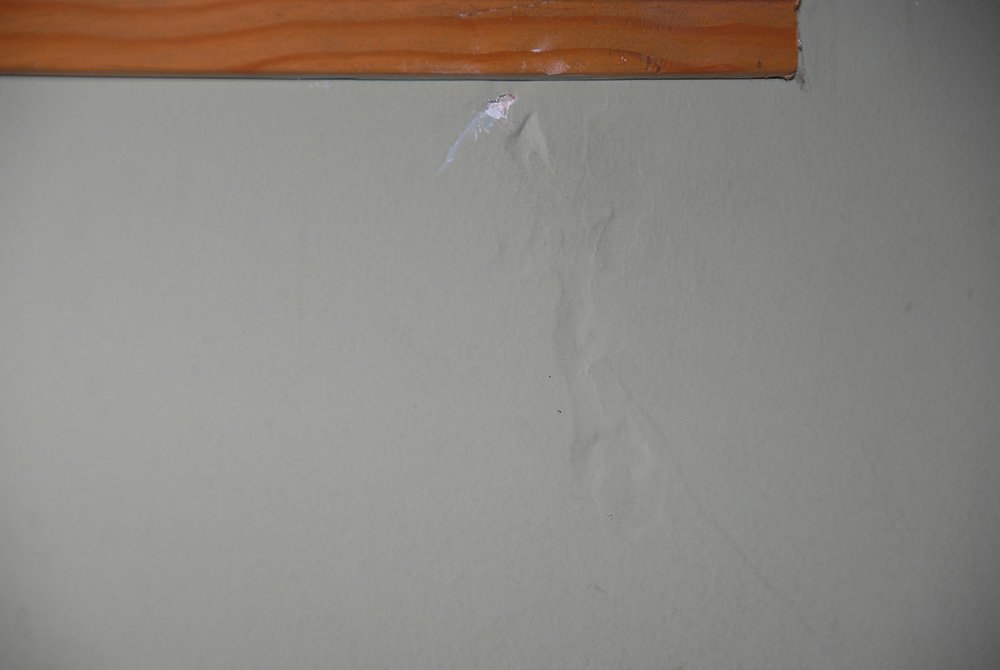
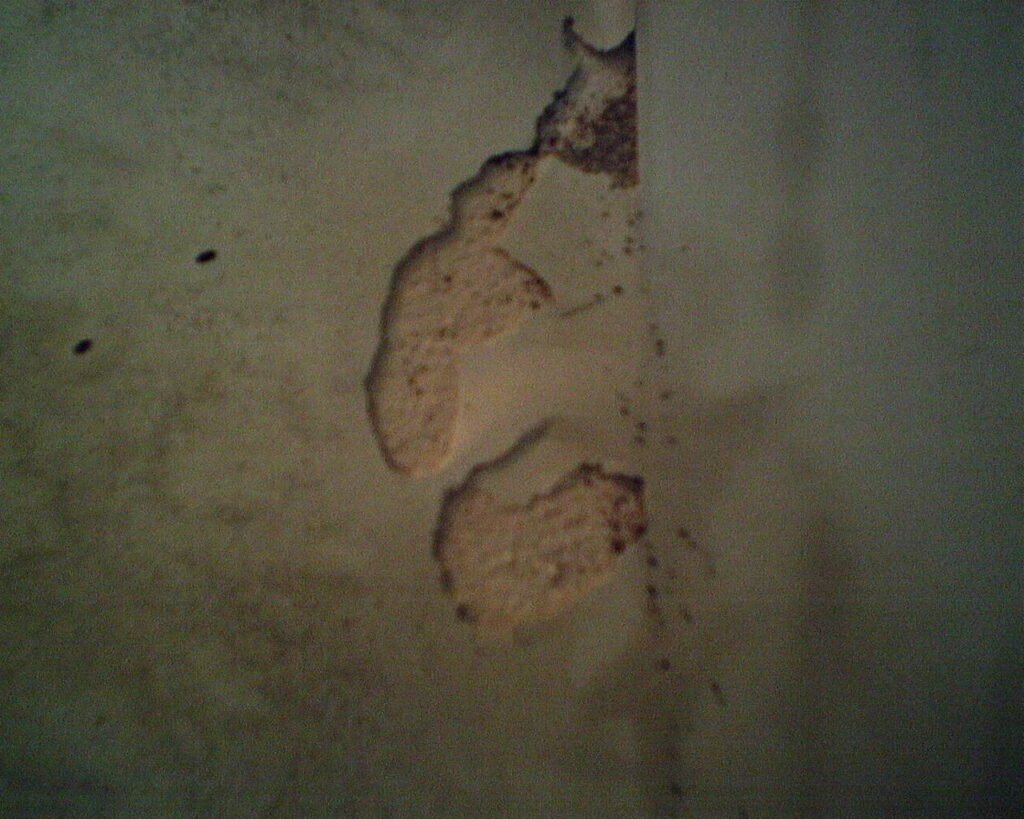
Under the surface of your walls, termites eat cardboard and wood paneling. As they do this, they make tunnels called termite galleries and tiny holes called exit holes.
Sometimes they do this without moving the thin layer of paint or wallpaper on the surface. This makes it hard to see this kind of damage until the paint or wallpaper is taken off.
That’s why people are more likely to find termite damage when they are making repairs or making changes to their homes.
A painted or wallpapered surface that looks strange can also be a sign of termites.
If you look closely, you can see signs of termite damage underneath, such as:
- Small pinholes where termites have eaten through
- Peeling or discolored wallpaper
- Buckling wood
- Bubbling paint
- Dented or sunken areas
- Narrow, sunken, winding lines
Termite Droppings
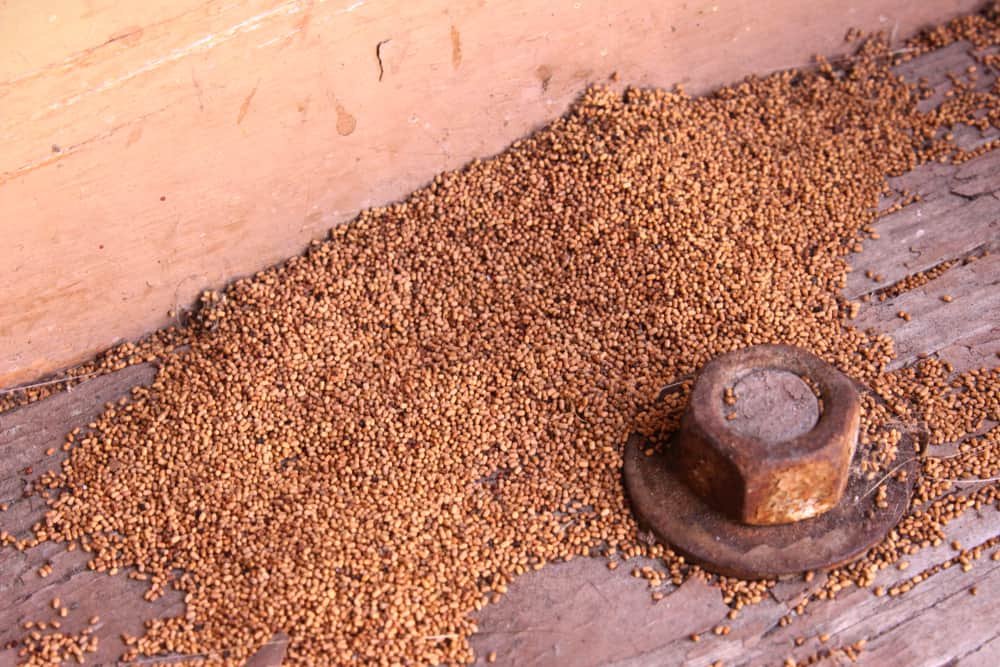
Frass, which is what termites leave behind, is another sign that they are around. As termites eat through the wood, they digest it and push it out of the colony so it doesn’t build up.
Humans can only see the frass from Drywood termites, which are mostly found in coastal states in the south.
Drywood termite frass looks like wood dust or shavings and has the color and shape of wood.
Subterranean termites, on the other hand, use their waste to build mud tunnels. Most likely, you won’t see Drywood termite frass if you live in New York City or the northeast.
Noises inside walls
If there are termites in one part of your house, you might be able to hear noises there if you have good hearing or a stethoscope.
Soldier termites banging their heads against the walls to warn of danger may be what you hear.
It will make a quiet clicking sound. If soldiers don’t think there is a threat, you won’t hear anything.
Conclusion

Now that you know how to spot termites, you can take steps to limit the damage they do.
When you first see termites on your property, you should call a professional who knows how to get rid of pests.
Or you could try some DIY methods if you think the infestation is not that bad.
Even if termites haven’t gotten into your house yet, it might be a good idea to take some precautions to keep your home safe.
Each year, termites cause about $5 billion worth of damage and repair costs. That’s worse than fire, floods, or tornadoes.



